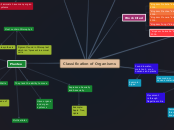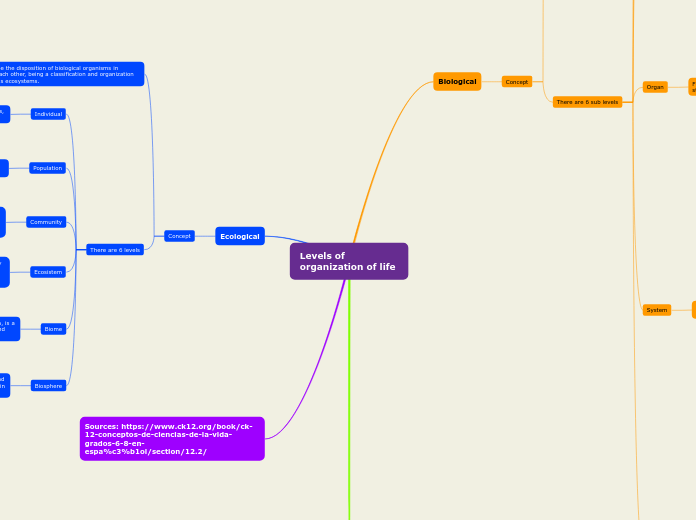によって vedika mandapati 9年前.
2600
Classification of Organisms
Organisms are classified into different kingdoms based on various characteristics. Plants, for example, are multicellular, mostly eukaryotic, and autotrophic, possessing chlorophyll for photosynthesis and cell walls made of cellulose.









